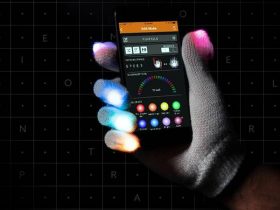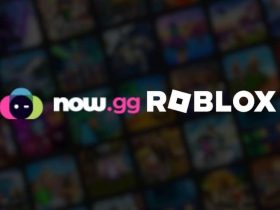Every successful business runs on smooth communication — inadequate communication costs businesses in the United States as much as $37 billion every year, Inc reports. Businesses with excellent internal communication, on other hand, generate a 47% average higher return for shareholders over a five-year period. The latest trends in business communication technology are helping businesses boost productivity and output, better support employees, and increase their bottom line.
VoIP solutions
Voice over internet protocol (also known as VoIP) facilitates voice calls over IP networks in real time. With VoIP, computer networks “operate with the call quality, features and convenience of a regular landline, along with the speed, power and accessibility of the internet”, explains Taylored Systems. In fact, over one-third of all businesses are now using a VoIP phone system, with most of those being businesses with less than 50 employees. Moreover, with cloud hosted VoIP, there’s no need for extension hardware and software installation; all you need is a broadband connection to launch VoIP successfully in your business.
E-faxes
Although the use of fax has decreased in popularity in office environments in recent decades, e-faxes are a new modern and increasingly widespread technology trend. E-faxes essentially let people send faxes via emails or apps. A convenient and more affordable alternative to using traditional fax machines, with e-faxes, employees can send and receive information quickly and easily with their tablet, smartphone, or computer. There’s no expensive associated paper, ink, or fax-only phone line costs involved. E-faxes also provide businesses with stronger security as they use a private and secure connection that ensures all information delivered and received by employees is kept safe and confidential.
AI software
Innovative AI software is significantly improving business communication. In particular, automated personal assistants can organize team meetings, therefore saving the need to manually make and send multiple phone calls and emails. AI can also provide employees with information and answer questions concerning company policies, products, and benefits. Although employees will sometimes need to be referred to a human, this can even be a helpful step rather than a hindrance; it’s often difficult for employees, particularly new employees, to know which individual or department to consult when they have a question or concern. Moreover, AI software can even successfully navigate language differences. For example, Skype Translator is a popular multilingual AI assistant perfect for helping with language differences during conference calls; it can effectively translate ten languages via voice and sixty languages via text.
Whiteboard apps
Video conferencing technology plays an essential role in facilitating the current influx of remote work. However, remote teams aren’t really able to effectively brainstorm, share, and edit ideas, create workflows, and map out action plans with just video conferencing technology alone. Whiteboard apps exist to fill this gap in effective business communication. Whiteboard apps essentially provide remote teams a way to work out ideas, share content, and build workflows just like they typically would together in-person in a huddle space or conference room. Microsoft, Bluescape, Klaxoon, Stormboard, and Conceptboard are just some of the popular whiteboard apps currently available.
Wearable technology
79% of businesses who adopted wearable technology devices say they’ve been key to their overall success. Additionally, 76% of companies say wearable technology has improved their performance by improving communication, responsiveness, and timeliness, and by minimizing time spent on non-value activities. For example, TaskWatch is a smartwatch that keeps employees connected throughout the day with customizable notifications and updates. It also has a unique gamification feature to keep teams engaged and motivated, which in turn boosts business productivity. Alternatively, Theatro is a wearable technology that uses artificial intelligence to support and connect employees. For example, it uses voice activation along with built-in virtual assistants to access information about things like stock levels and in-store services, which facilitates better communication between employees and ultimately increases customer satisfaction.
Visible light communication
Visible light communication (aka LiFi) is a recent innovation in wireless communication set to replace WiFi in coming years. LiFi uses LEDs that function under high-frequency voltage to create bidirectional (downlink and uplink) communication channels for data transmission. LiFi works on frequencies imperceptible to the human eye. The LEDs work as semiconductors with the ability to turn on and off up to a million times per second. In turn, this leaves diodes able to send data at rapid speeds. The use of light (instead of radio waves like WiFi) means this groundbreaking technology can work in previously off-limit locations like medical centers, airplanes, and even underwater at shallow levels. Additionally, LEDs are extremely energy-efficient, making LiFi an eco-friendly and affordable technology.
Effective internal and external communication is a must for business success. VoIP, e-faxes, AI software, whiteboard apps, wearable technology, and visible light communication are some of the latest technology trends helping businesses communicate more efficiently than ever


















Leave a Reply